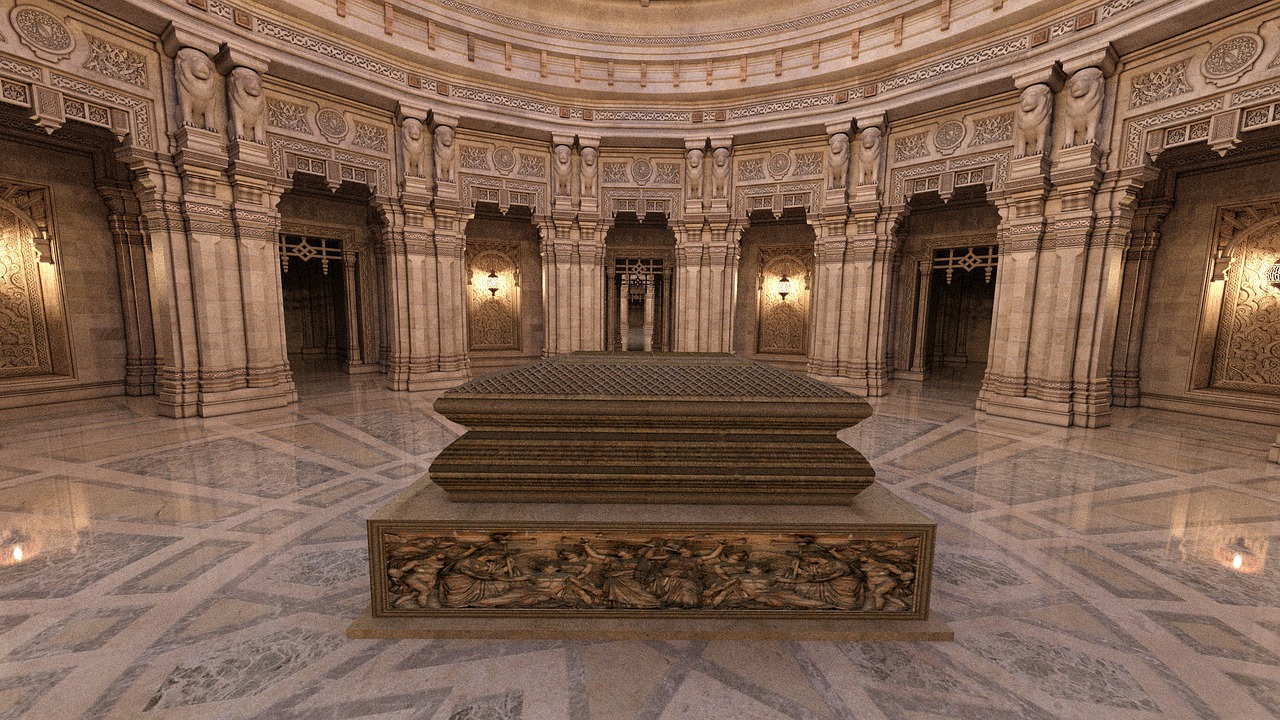
Funeral rites are an extremely important practice to many cultures and religions, each with their own specific traditions that help family and friends come to terms with the passing of a loved one, bless the passage of the deceased into the afterlife, and grant those who remain the opportunity to grieve and heal together. In today’s blog, Cope Memorials takes a look at some of the different funeral rites and traditions from around the world:
Hanging Coffins
One of the funeral rites carried out in the Philippines involves placing the deceased in the fetal position and hanging or nailing their coffin to the side of a cliff. This traditional practice stems from the concept that you should pass into the afterlife the way that you were born; raising the body up to the sky helps bring the deceased closer to the spiritual plain. Moreover, the cliff provides a secure resting place from predators and prevents the body from disintegrating in waterlogged soil.
Funeral of Jazz
New Orleans is famous for its jazz funeral, where American, African, and French traditions come together to produce lively and music-filled funeral rites that celebrate the life of a musician who had passed away. Friends and family leave the funeral home, led by a band, and form a procession to the cemetery to bury the departed. The music then changes from a mournful tune to a lively beat; people dance in joy and remembrance, passersby creating a ‘second lining’ by joining in with the celebrations.
Turning of the Bones
Known locally as ‘Famadihana’, these funeral rites from Madagascar are carried out around every five to seven years and bring the family together to pay their respects to long-gone loved ones. The deceased are brought out of their tombs and are wrapped in fresh shrouds, their names written on the wraps, and given gifts, whilst the family dance around the grave, sometimes with the departed.
Beads of Ash
In response to an ever-increasing lack of space, South Korea has moved away from traditional burials and instead turn to cremation. Their process of cremation, however, is particularly unique and somewhat controversial; the ashes of the deceased are heated to very high temperatures and then formed into beads, which can be kept safe and close by in a glass box.
Post Mortem Pictures
The Victorians were known for their strange and, what we might today consider, unsettling practises and traditions. Their somewhat morbid approach to funeral rites involved photographing the deceased in commemoration of their life and to help assuage the grief of the remaining family members, who would sometimes be sat or stood in the picture as well.
Paying the Ferryman
In Ancient Greece, appeasing the Gods was a significant part of everyday life. When a loved one passed away, the family would ensure that Charon – the ferryman of Hades – would safely take the soul of the deceased to the Underworld by offering him an ‘obolos’, a coin that was placed in the mouth of the departed during burial. The Ancient Greeks feared that by not providing adequate payment, the spirits of their loved ones would be doomed to restlessly wander the earth.
Saying goodbye to those we hold dear is difficult, which is why it’s so important to have something special by which you can remember them. For beautiful, bespoke memorials and headstones to commemorate a loved one, contact the expert stonemasons at Cope Memorials. You can reach us by calling on 01773 602 187 or by completing our quick and simple online contact form.

